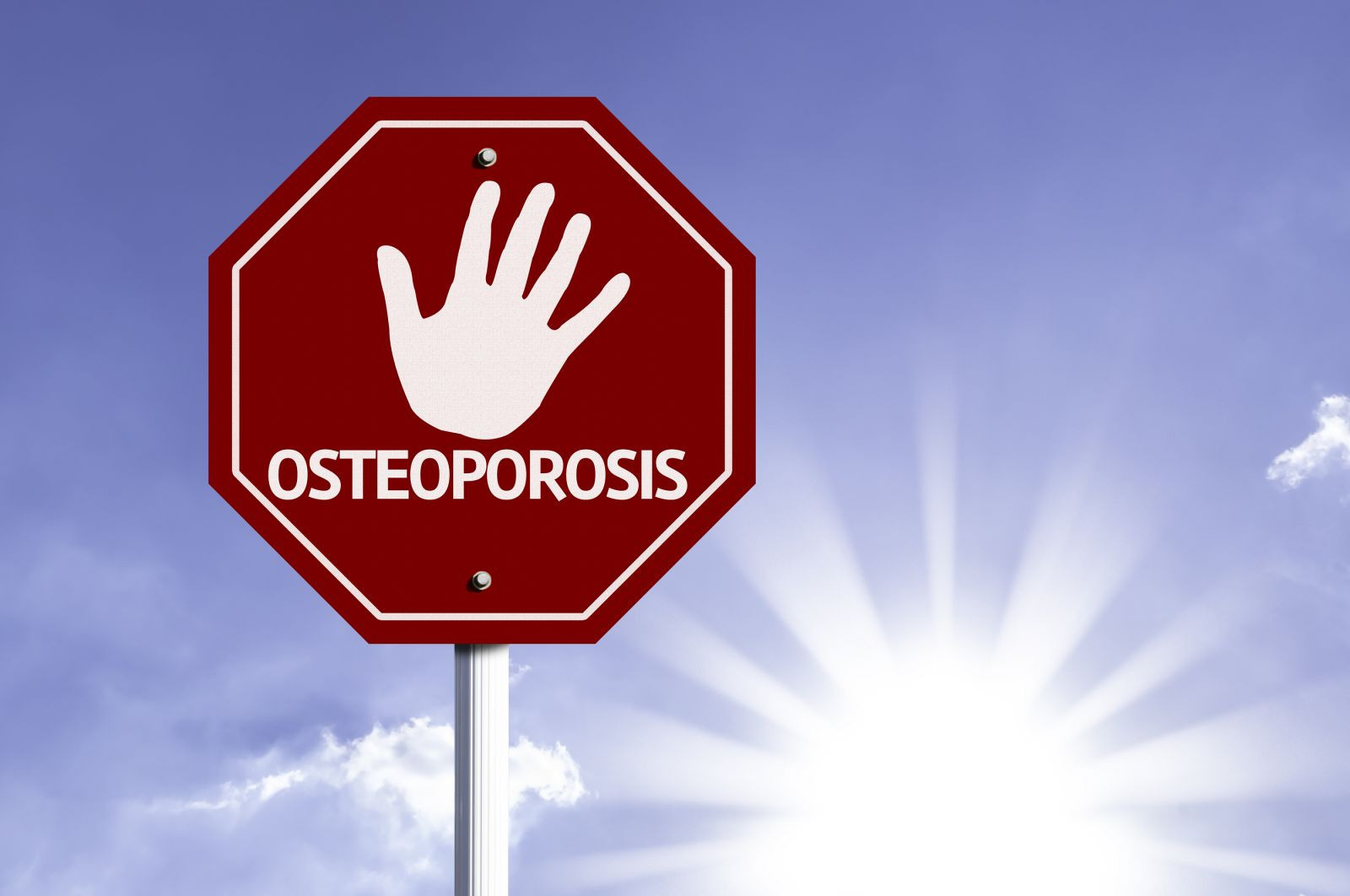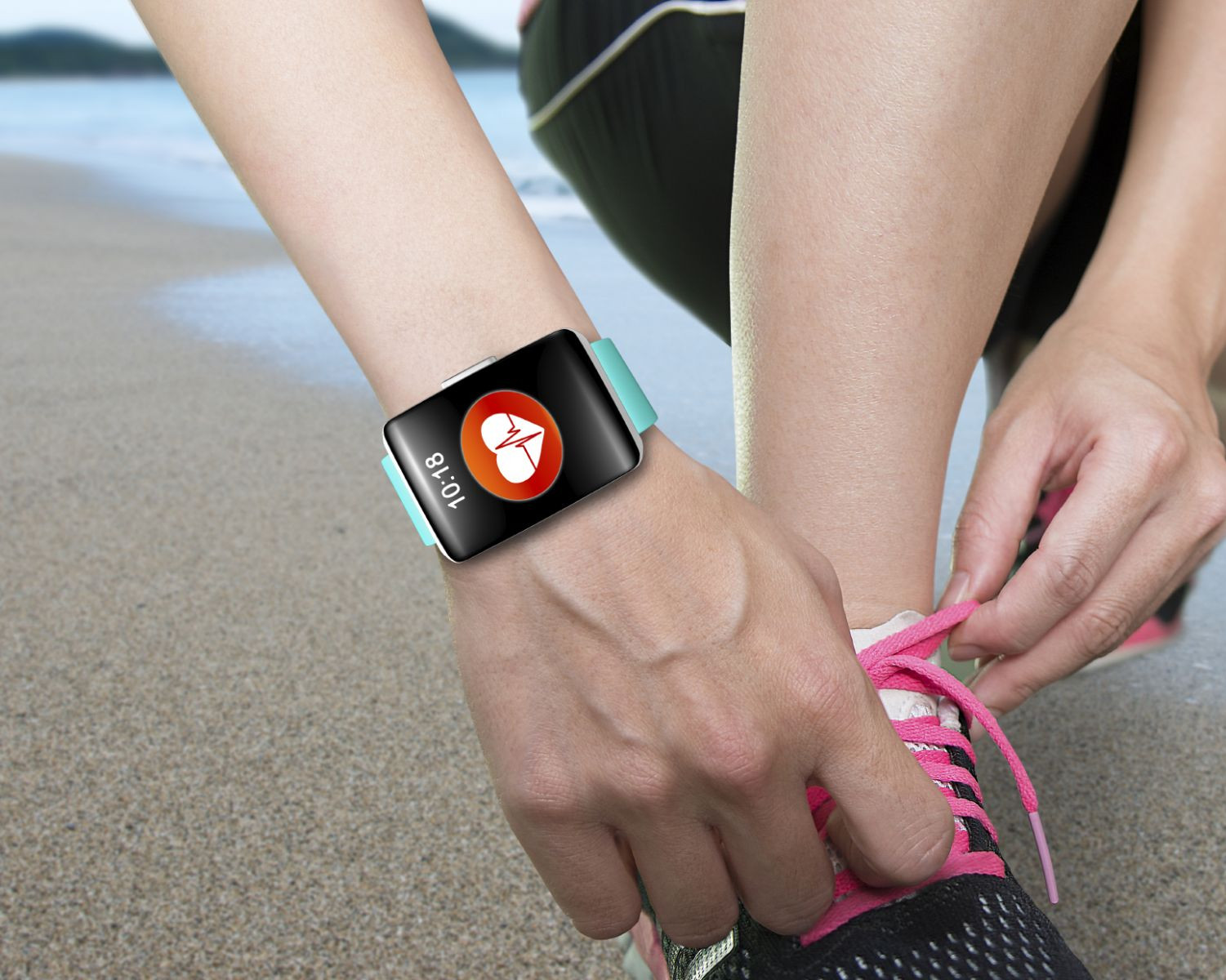
Respiratory health harms often follow flooding: Taking these steps can help

Tips to leverage neuroplasticity to maintain cognitive fitness as you age

Can white noise really help you sleep better?

Celiac disease: Exploring four myths

What is prostatitis and how is it treated?

What is Cushing syndrome?

Exercises to relieve joint pain

Think your child has ADHD? What your pediatrician can do

Foam roller: Could you benefit from this massage tool?

Stepping up activity if winter slowed you down
Women's Health Archive
Articles
C-section rates: Consider this when deciding where to have your baby
For years, there has been concern about the high rate of cesarean births — but just how many cesareans are too many? A recent study suggests that a cesarean rate of 19% is about right. The reasons for high cesarean rates may be related more to each hospital’s circumstances and processes than to other, more commonly cited reasons. If you’re concerned, find out the C-section rate at the hospital where you plan to deliver your baby.
What do the new mammography guidelines mean for you?
Image: Bigstock
Women can devise their own breast cancer screening schedules based on their risk and preferences.
If you tend to "go by the book" for preventive health care, you probably get a flu shot each fall, have a colonoscopy every 10 years, and generally follow the experts' recommendations. But what do you do about mammograms? For decades, the two most influential expert groups—the American Cancer Society (ACS) and the U.S. Preventive Services Task Force (USPSTF)—haven't agreed about when to start having mammograms, how often to have them, or how long to keep on having them. Although the two groups come a little closer together with their most recent guidelines, they still disagree about breast cancer screening for women ages 45 through 54.
Should I worry about a heavy vaginal discharge?
Ask the Doctor
Q. I'm concerned about the heavy vaginal discharge I have been having lately. Could this be a sign of an infection?
A. Vaginal discharge is natural, and an increase may reflect normal changes in your body. However, it frequently raises concerns and is a common reason women decide to see a gynecologist.
Do you need a drug for osteoporosis?
Image: Bigstock
Several medications can maintain or increase bone density. You can choose one based on your health and preferences.
Most of what we read about hip fracture isn't good. It is a major cause of disability, nursing home admissions, and death in older women. But there is a promising trend: hip fractures in the United States have been on the decline since 1996. Although better nutrition, increased physical activity, and education on fall prevention may have played a role, the drop in fractures has also coincided with the widespread availability of bisphosphonates—a class of drugs first approved in 1995 to increase bone density.
How fitness trackers can improve your health
Image: iStock
The wearable electronic devices may motivate you to stick to a diet or exercise plan.
If you've resolved to get more exercise, lose weight, or get more sleep in 2016, then a host of wearable electronic devices and apps are available to help you succeed. They will gently prod you to work toward your goal, encourage you along the way, and praise you when you get there. The gadgets record your activity, while the apps interpret the results and send you frequent messages to let you know how well you're progressing.
Study suggests scant increased risk of breast cancer from alcohol intake
Research we're watching
A study published Oct. 15, 2015, in the International Journal of Cancer adds to evidence that the risk of breast cancer increases—but not very much—with every drink a woman takes. Researchers from five Spanish universities followed 334,850 women, ages 35 to 70, from 10 European countries. During an 11-year period, 11,576 were diagnosed with breast cancer.
When the researchers compared alcohol intake among women who developed breast cancer and those who didn't, they found women who averaged two drinks a day had a 4% higher risk than those who limited their consumption to one daily drink. Those who averaged three drinks a day had a 6% higher breast cancer risk.
Exercise works even better after menopause, study indicates
Research we're watching
A study reported at the 2015 annual meeting of the North American Menopause Society shows that some types of physical activity have a greater impact on body composition in postmenopausal women than in premenopausal ones.
Researchers at the University of Massachusetts asked 630 premenopausal and 274 postmenopausal women to wear accelerometers (motion trackers) to estimate the amount of time they spent doing physical activity. Although the postmenopausal women, on average, logged fewer active hours and more sedentary time than the premenopausal women, they gained more from the time they did spend in motion. Increased activity was associated with greater reductions in body mass index, waist size, and percentage of body fat in postmenopausal women than in their premenopausal counterparts.
Women's hearts age differently than men's do
Image: iStock
Research we're watching
A long-term study from researchers at Johns Hopkins University School of Medicine has found that men's hearts typically grow with age, while women's shrink. The researchers used magnetic resonance imaging (MRI) to study the left ventricle—the main pumping chamber of the heart—in around 3,000 men and women who were enrolled in the Multi-Ethnic Study of Atherosclerosis. All of the participants—who ranged in age from 54 to 94—were free of cardiovascular disease when they entered the study. They had heart scans at the start and 10 years later.
Comparing the MRI scans of men and women, the researchers found that both had declines in left ventricular volume (the amount of blood the chamber holds) over the decade. However, the mass of the ventricle itself increased in men, while it decreased slightly in women. And having a bigger heart seemed to be a disadvantage. It was associated with higher blood pressure and body mass index and lower levels of HDL (good) cholesterol. The study was published online October 20, 2015, by the journal Radiology.
Which mammogram guidelines should I follow?
Ask the doctor
Q. I'm a 48-year-old woman, and I've never had a mammogram. Different guidelines seem to say different things. What do you recommend?
A. You're right, there are several different guidelines. Probably the two most often consulted by doctors are those of the U.S. Preventive Services Task Force (USPSTF) and the American Cancer Society (ACS). Recent changes by the ACS bring its recommendations nearer to those of USPSTF. They disagree slightly about you. ACS says you should have a mammogram (because you are over 45), but USPSTF says to begin at age 50. Both expert committees stress that these recommendations apply only to women who are not at extra risk of breast cancer (extra risk includes, for example, having a parent, sibling, or child who's had breast cancer). If a woman is at extra risk, she should start getting mammograms earlier.

Respiratory health harms often follow flooding: Taking these steps can help

Tips to leverage neuroplasticity to maintain cognitive fitness as you age

Can white noise really help you sleep better?

Celiac disease: Exploring four myths

What is prostatitis and how is it treated?

What is Cushing syndrome?

Exercises to relieve joint pain

Think your child has ADHD? What your pediatrician can do

Foam roller: Could you benefit from this massage tool?

Stepping up activity if winter slowed you down
Free Healthbeat Signup
Get the latest in health news delivered to your inbox!
Sign Up








